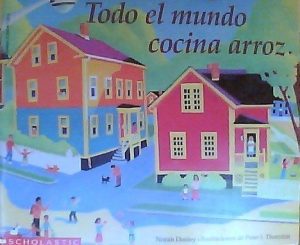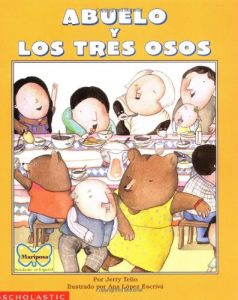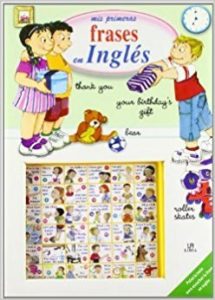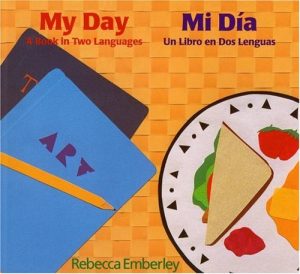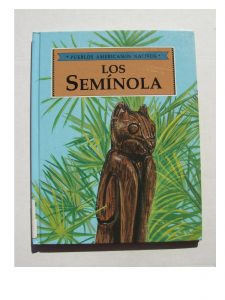 Examines the history, traditional lifestyle, and current situation of the Seminole Indians.
Examines the history, traditional lifestyle, and current situation of the Seminole Indians.
Author: Book Importer
Creation Of The Sun And The Moon
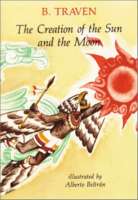
This beautiful Mexican legend tells the story of a young Indian hero who saves mankind by rekindling the Sun after it has been extinguished by the spirits of evil.
Todo El Mundo Cocina Arroz
Somos Un Arco Iris, We Are a Rainbow
Bilingual childrens book in both spanish and english. WE ARE A RAINBOW helps young readers begin building the cultural bridges of common human understanding through simple comparisons of culture from breakfast foods to legends. Colorful cut-paper art and gentle language deliver this universal message eloquently.
Abuelo Y Los Tres Osos
My First Phrases in Spanish and English
My Day/Mi Dia: A Book in Two Languages/Mi Dia : Un Libro En Dos Lenguas
The Little Cow In Valle Grande
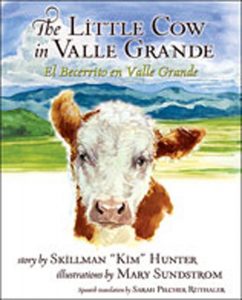 Buddie and his mother live in a beautiful valley surrounded by high mountains. One day, Buddie is feeling adventurous and announces he will climb to the top of the mountain. Although his mother warns against it, Buddie begins climbing up the mountainside. Discovering his mother was right, Buddie tries his hand at skiing to return to the valley and his mother.
Buddie and his mother live in a beautiful valley surrounded by high mountains. One day, Buddie is feeling adventurous and announces he will climb to the top of the mountain. Although his mother warns against it, Buddie begins climbing up the mountainside. Discovering his mother was right, Buddie tries his hand at skiing to return to the valley and his mother.
Valle Grande is now part of Valles Caldera National Preserve in New Mexico’s Jemez Mountain Range. The little cow, his mother, and all their friends are still there at various times of the year. There is a visitor center at the Preserve that offers information about the cows.
Dear Peter Rabbit – Spanish (Libros Colibri)
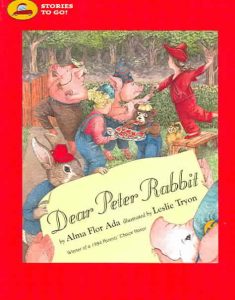 Is it possible that the world’s most popular storybook characters know each other? Alma Flor Ada charms readers with this story told through a collection of letters that reveal the friendship between favorite storybook characters. Bright illustrations capture the humor of the interwoven stories, where all the characters meet at a birthday party for Goldilocks. Full color.
Is it possible that the world’s most popular storybook characters know each other? Alma Flor Ada charms readers with this story told through a collection of letters that reveal the friendship between favorite storybook characters. Bright illustrations capture the humor of the interwoven stories, where all the characters meet at a birthday party for Goldilocks. Full color.
Negro en Blanco
The popular Black-and-White board book series continues with a Spanish language version of Black on White, in which black photographs are reproduced on a striking white background, providing a strong contrast that will catch the eye of the youngest child. For children under two.

